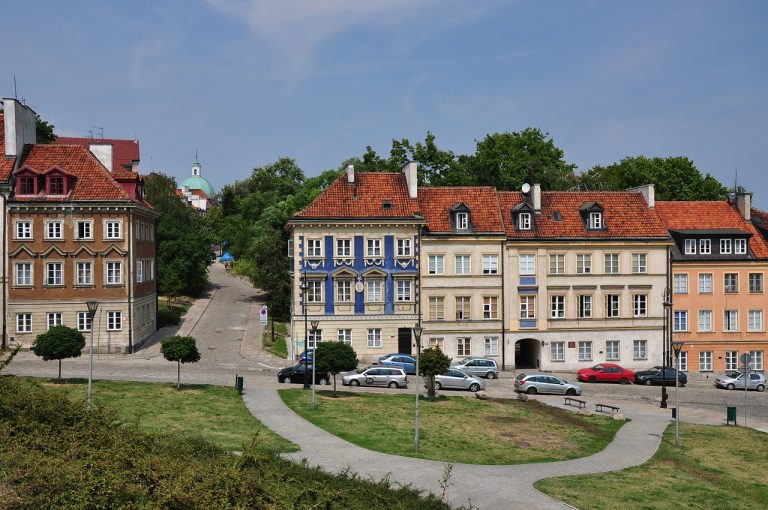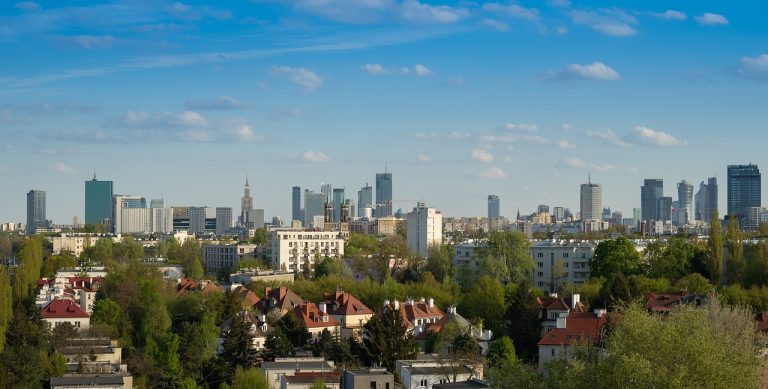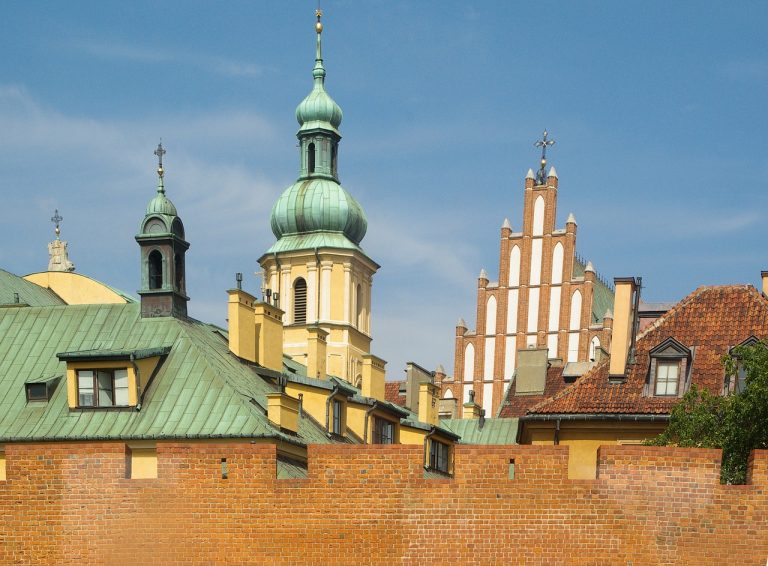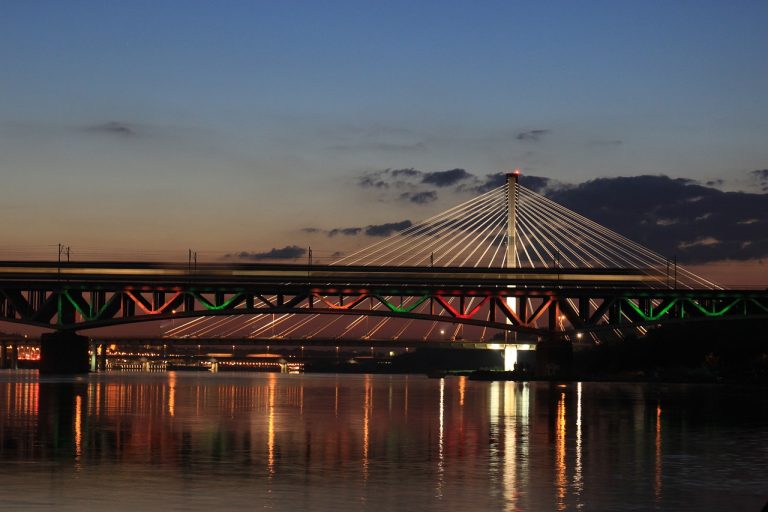Warsaw Poland Video
Historical Landmarks of Warsaw Poland: A Deep Dive
Warsaw, the capital city of Poland, is a city rich in history and filled with numerous historical landmarks that showcase its vibrant past. From stunning palaces and churches to impressive monuments and museums, Warsaw offers visitors a glimpse into its captivating heritage. In this article, we will take a deep dive into some of the most prominent historical landmarks in Warsaw, providing detailed information about each site and its significance.
Old Town Market Place
The Old Town Market Place is the heart of Warsaw’s Old Town and a UNESCO World Heritage Site. This picturesque square dates back to the 13th century and is surrounded by colorful buildings with charming facades. It served as a bustling marketplace in the past and continues to be a vibrant hub of activity today. Some notable features of the Old Town Market Place include the Warsaw Mermaid statue, the historic Sigismund’s Column, and the iconic Warsaw Barbican.
- Warsaw Mermaid Statue: The Warsaw Mermaid Statue is a symbol of the city and a popular meeting point for locals and tourists. It represents the mythical protector of Warsaw and is a must-see attraction.
- Sigismund’s Column: Sigismund’s Column is a prominent landmark in the Old Town Market Place. It commemorates King Sigismund III Vasa, who moved the capital of Poland from Kraków to Warsaw in the 16th century.
- Warsaw Barbican: The Warsaw Barbican is a medieval fortification that once formed part of the city’s defensive walls. It is one of the few remaining examples of such structures in Europe and offers a glimpse into Warsaw’s history as a fortified city.
Royal Castle
The Royal Castle, located in Warsaw’s Castle Square, is a magnificent architectural masterpiece and another UNESCO World Heritage Site. It was the official residence of Polish monarchs and played a significant role in the country’s history. The castle was meticulously reconstructed after its destruction during World War II and now serves as a museum showcasing royal apartments, art collections, and historical artifacts.
- Royal Apartments: The Royal Castle’s Royal Apartments feature lavishly decorated rooms that once housed Polish kings and queens. Visitors can admire intricate tapestries, ornate furniture, and stunning artwork.
- Great Assembly Hall: The Great Assembly Hall served as a venue for important ceremonies and gatherings. Its grandeur and opulence reflect the power and prestige of the Polish monarchy.
- Canaletto Room: The Canaletto Room is named after the renowned Italian painter Bernardo Bellotto, known as Canaletto. It displays his panoramic paintings of Warsaw, providing a glimpse into the city’s appearance during the 18th century.
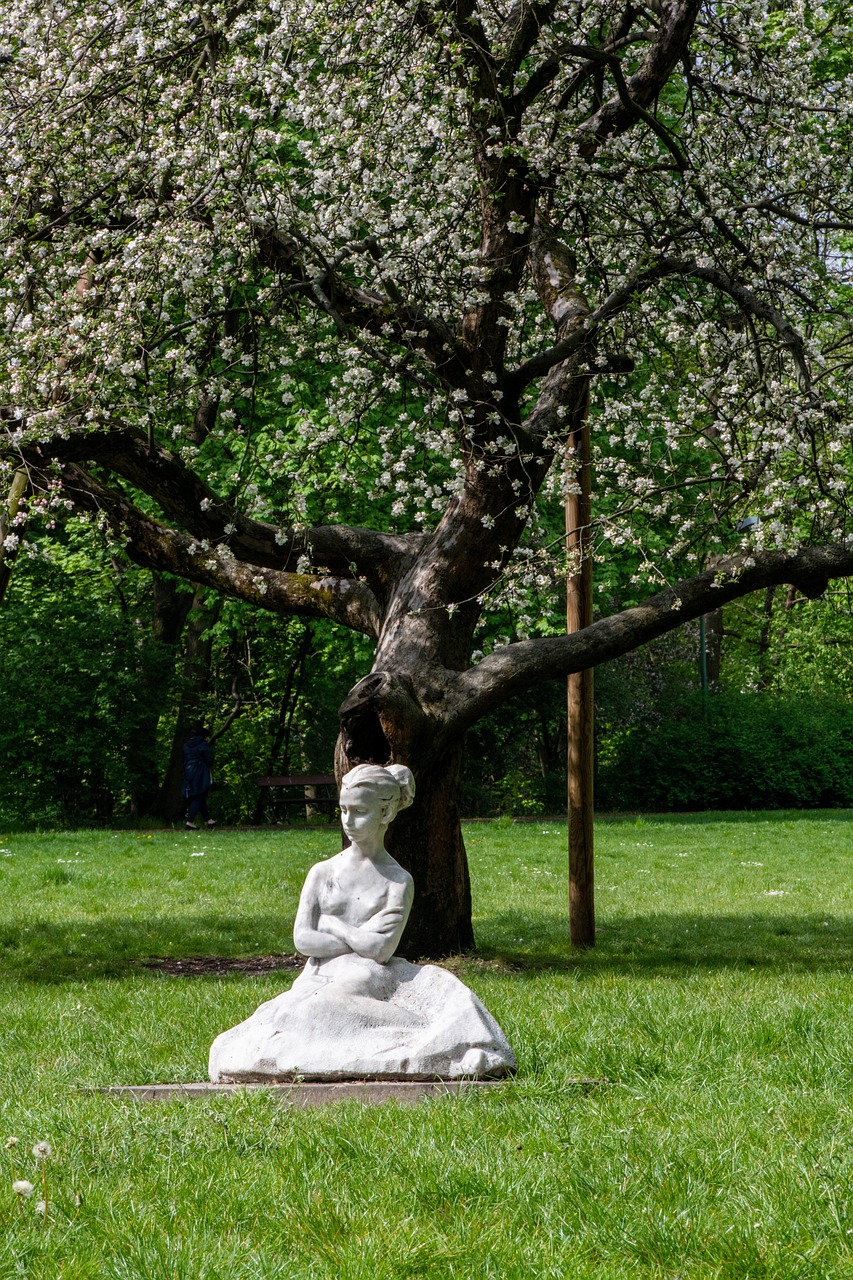
Wilanów Palace
Wilanów Palace, often referred to as the “Polish Versailles,” is a splendid Baroque palace located in the Wilanów district of Warsaw. It was built for King John III Sobieski in the late 17th century and served as a summer residence for Polish monarchs. The palace is renowned for its exquisite architecture, beautifully landscaped gardens, and extensive art collections.
- Palace Interior: The interior of Wilanów Palace is adorned with stunning frescoes, intricate stuccowork, and elegant furnishings. Visitors can explore various rooms, including the royal apartments, the gallery of Polish portraits, and the Chinese Room.
- Wilanów Park: The palace is surrounded by the enchanting Wilanów Park, featuring meticulously designed gardens, sculptures, and ponds. Visitors can take leisurely walks, enjoy picnics, and admire the beauty of nature.
- Gallery of Polish Portraits: The Gallery of Polish Portraits houses a vast collection of paintings depicting prominent figures from Polish history. It provides valuable insights into the country’s cultural heritage.
Warsaw Uprising Monument
The Warsaw Uprising Monument is a powerful tribute to the brave individuals who fought during the Warsaw Uprising in 1944. This monumental sculpture, located in Krasiński Square, commemorates the heroism and resilience of the Polish resistance against the German occupation. It stands as a symbol of national pride and remembrance.
- Monument Design: The Warsaw Uprising Monument features a group of insurgents in action, capturing the intensity and determination of the fighters. The monument stands tall, reminding visitors of the sacrifices made during the uprising.
- Historical Significance: The monument serves as a reminder of the Warsaw Uprising, a significant event in Polish history. It honors the courage and unity of the Polish people in their struggle for freedom and independence.
- Visiting the Monument: Visitors can pay their respects at the monument and learn more about the Warsaw Uprising through nearby museums and exhibitions dedicated to this pivotal moment in the city’s past.

Pawiak Prison Museum
The Pawiak Prison Museum is a haunting reminder of the atrocities committed during World War II. It is located on the grounds of the former Pawiak prison, which was used by the Nazis as a place of imprisonment and execution for Polish resistance fighters and civilians. The museum provides a chilling insight into the experiences of those incarcerated and pays tribute to their memory.
- Exhibition: The museum houses a permanent exhibition that depicts the history of Pawiak prison and the stories of its inmates. It showcases personal belongings, photographs, and documents to create a powerful narrative.
- Memorial Wall: A memorial wall stands outside the museum, bearing the names of thousands of victims who perished within the prison walls. It serves as a solemn reminder of the human cost of war and oppression.
- Educational Programs: The Pawiak Prison Museum offers educational programs and guided tours to deepen understanding and foster remembrance. It plays a crucial role in preserving the memory of those who suffered during the war.
Łazienki Park
Łazienki Park, also known as the Royal Baths Park, is one of the largest and most beautiful parks in Warsaw. It encompasses stunning gardens, palaces, and monuments, creating a harmonious blend of nature and architecture. The park’s history dates back to the 17th century when it was established as a summer residence for Polish royalty.
- Łazienki Palace: The park is home to the Łazienki Palace, a neoclassical architectural gem that served as a royal residence. It now houses a museum showcasing exquisite art collections and hosts cultural events.
- Palace on the Isle: The Palace on the Isle, situated on an artificial island in the park, is a magnificent example of Polish Classicism. It houses a gallery of European paintings and offers a serene escape from the bustling city.
- Amphitheater: The park features an amphitheater where concerts, theatrical performances, and other cultural events take place, providing entertainment and enjoyment for visitors.

Copernicus Science Centre
The Copernicus Science Centre is a modern and interactive museum dedicated to popularizing science and technology. It offers a hands-on learning experience for visitors of all ages, making it a perfect destination for families and science enthusiasts.
- Exhibitions: The museum features a wide range of exhibitions covering various scientific disciplines, including physics, biology, astronomy, and robotics. Visitors can participate in interactive experiments and demonstrations.
- Planetarium: The Copernicus Science Centre houses a state-of-the-art planetarium that allows visitors to explore the wonders of the universe through immersive shows and presentations.
- Workshops and Events: The center offers workshops, lectures, and special events to engage visitors and foster a deeper understanding of scientific concepts. It aims to inspire curiosity and promote scientific literacy.
Fryderyk Chopin Museum
The Fryderyk Chopin Museum is dedicated to the life and work of the renowned Polish composer, Fryderyk Chopin. Located in the Ostrogski Palace, the museum houses an extensive collection of Chopin’s personal belongings, manuscripts, and memorabilia.
- Chopin’s Life: The museum provides a comprehensive overview of Chopin’s life, from his childhood in Poland to his career as a celebrated composer in Europe. Visitors can explore his personal letters, musical instruments, and original compositions.
- Interactive Exhibits: The museum offers interactive exhibits that allow visitors to listen to Chopin’s music, learn about his creative process, and gain insights into the musical techniques he employed.
- Concerts and Events: The Fryderyk Chopin Museum hosts regular concerts, recitals, and lectures, showcasing the enduring influence and legacy of Chopin’s music.
References
- Warsaw Mermaid Statue – cityloco.net
- Sigismund’s Column – cityloco.net
- Warsaw Barbican – cityloco.net
- Royal Castle – cityloco.net
- Wilanów Palace – cityloco.net
- Warsaw Uprising Monument – cityloco.net
- Pawiak Prison Museum – cityloco.net
- Łazienki Park – cityloco.net
- Copernicus Science Centre – cityloco.net
- Fryderyk Chopin Museum – cityloco.net
Note: The information in this article is derived from cityloco.net.


